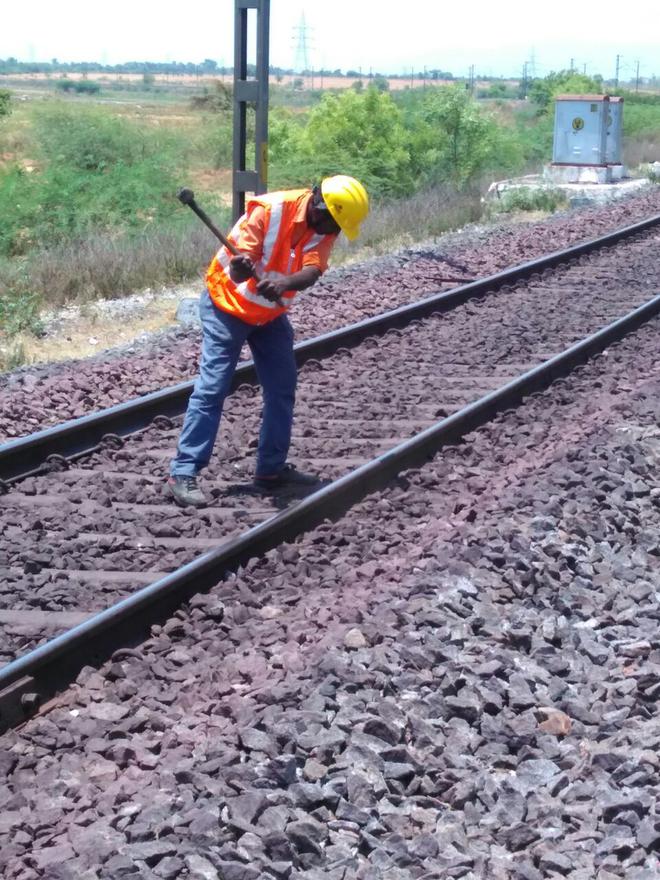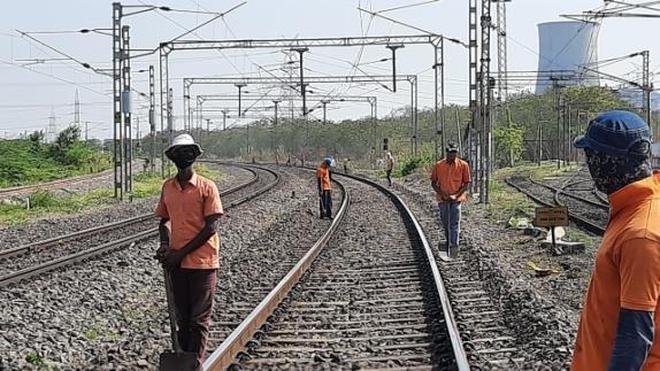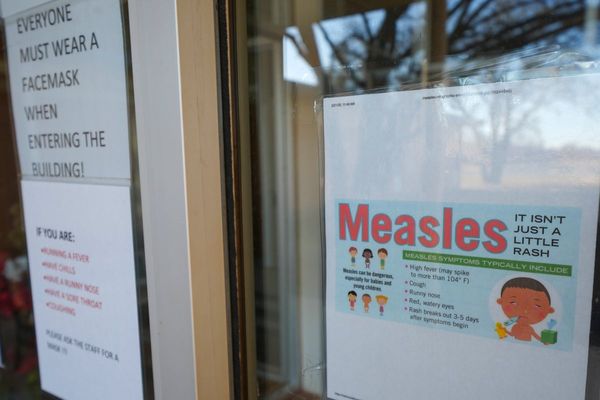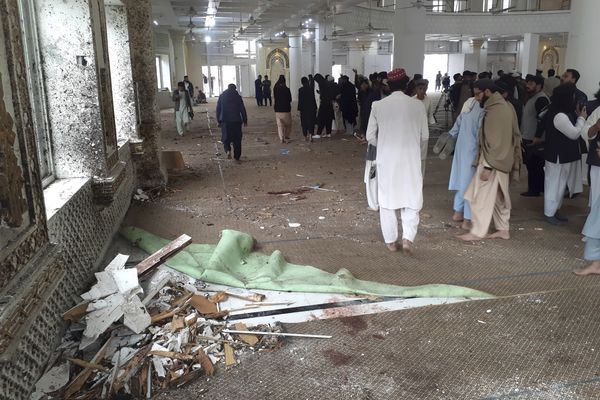During winter, when the visibility becomes low due to mist or fog and temperatures fall, the Indian railways has stepped up the inspection levels of the tracks under revised guidelines which include incentivising night patrolling staff for detecting any rail defect.
Night patrolling staff work from 10 p.m. to 6 a.m. in the cold weather armed with torches and implements to keep a vigil on the track and warn the loco-pilots of the trains passing by of any potential danger. It is similar to the monsoon patrolling in identified block sections conducted from November end to February end.
In a recent communication to the staff on the ground, the Railway Board (RB) has instructed the section engineers concerned to incentivise the night patrolmen with a reward of ₹500 whenever they detect any rail or weld failures between 10 a.m. to 4 a.m., as added motivation.

If the night patrolmen do not turn up for whatever reason, the speeds of the trains travelling in the section should be reduced to 40 kmph and a goods train should be allowed to be go first in such block sections before allowing any passenger trains to move.
A list of kilometers prone to rail and weld failures, categorised as per division, identified in the last three years has been furnished for them to pay particular attention. Approaches to the bridges, curves and high banks above five metres has to be under special focus, said the advisory.
Special patrolling is to be carried out by posting a mobile patrolman in identified stretches where corrosion of rail is quite severe in addition to the normal night winter patrolling. Such stretches are to be decided by the sectional engineer.
Detection of rail defects should be taken up by the available machines. Duty hours of keymen have to be suitably changed so that failures, if any, can be detected in time. Keymen and patrolmen should be trained to detect fractures and to take protective measures. Track patrolmen have two other shifts also during the day; 6 a.m. to 11 a.m. and another one from 2 p.m. to 5 p.m.
The RB said night patrolling times, beat length or manpower deployment can be altered or extended based on the local conditions depending on the frequency of train services and weather conditions. Push trolleys can be used to check fish plates fittings. If necessary, speed restriction should be imposed to ensure safety while a close watch on rail temperature should be kept and temperature record register should also be maintained by the section engineers concerned.

Safety teams have to also check the platform lines and other passenger lines in major junction stations and marshalling yards, corrosion prone areas, major bridges, tunnels, high bank approaches and sharp curves. Night patrolmen were instructed to take the signature of the gateman posted at the level crossings enroute in his beat length apart from obtaining signature from the respective section engineers during their vigil.
“Human intervention and checks are necessary for checking nuts, bolts and greasing though the railways has started using sophisticated machinery for laying tracks, ballast maintenance, weld failures and the likes,” informed senior officials, not willing to be identified..







